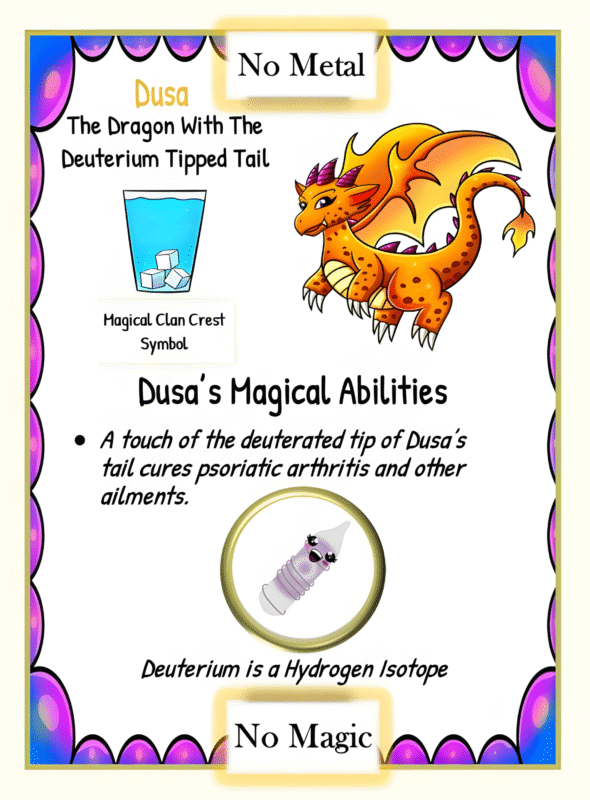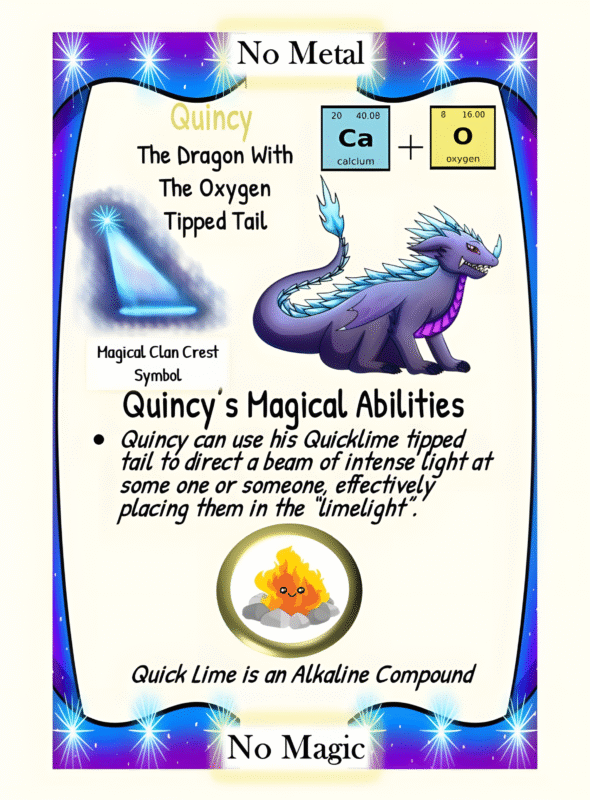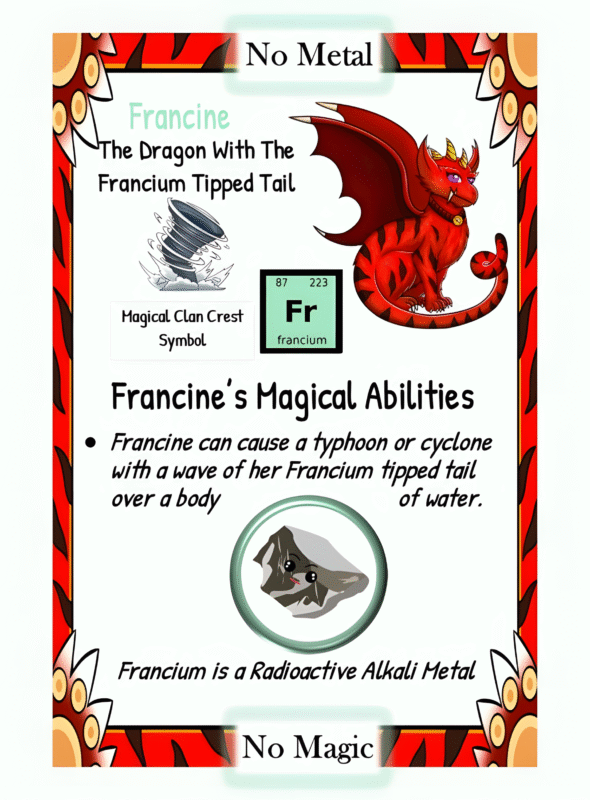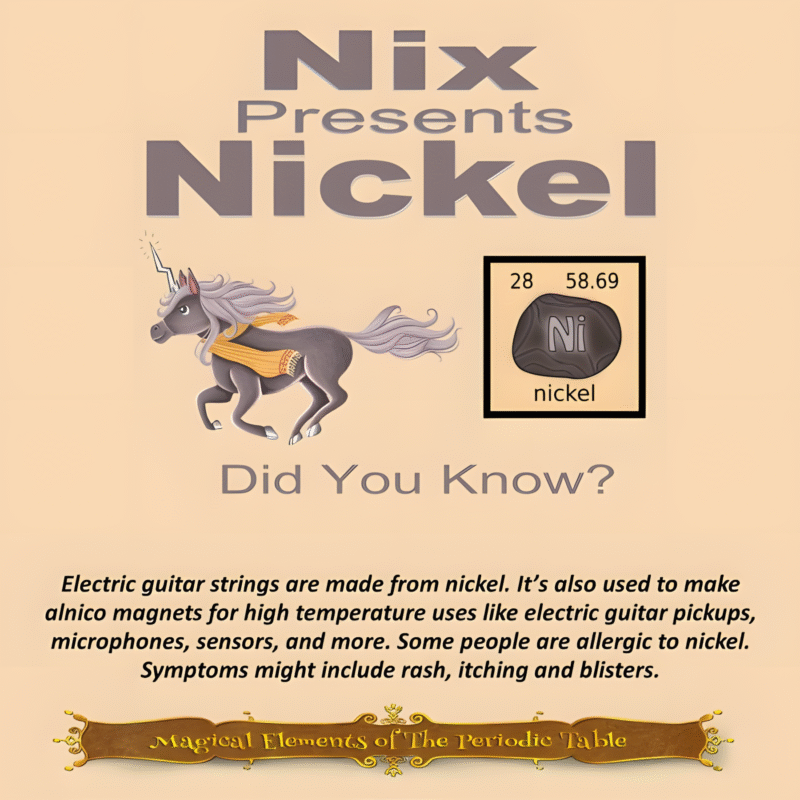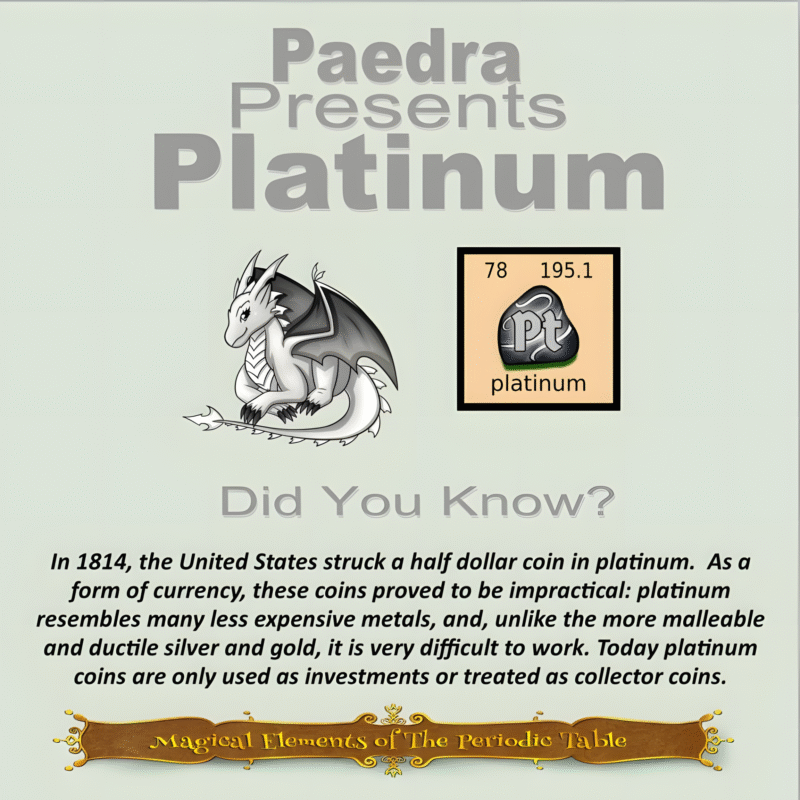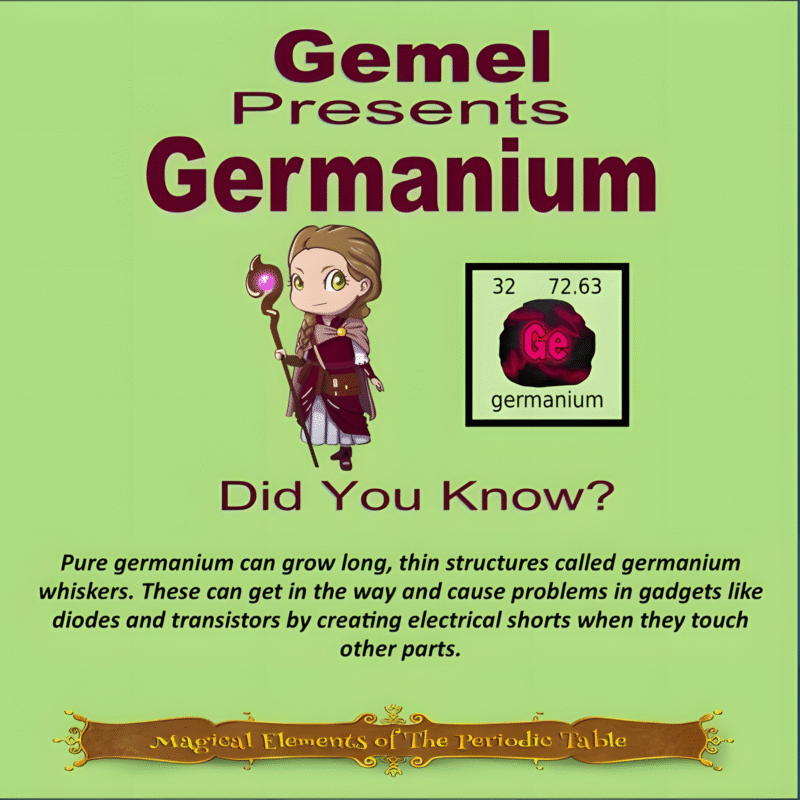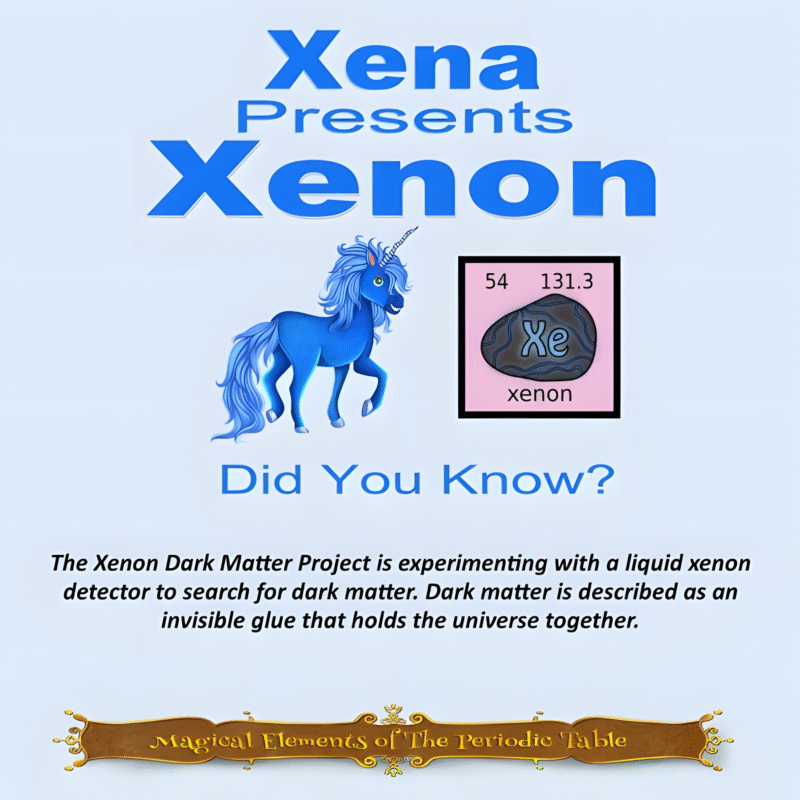Ancient Times to Modern Applications: The Evolution of Carbon’s Uses
Carbon, one of the most abundant elements on Earth, has a rich history of uses dating back thousands of years. Due to its unique properties, it has played a crucial role in various fields, from the earliest days of civilization up until the present. However, as technology has advanced, the uses of carbon have evolved, leading to a diminished role in some areas. In this article, we will explore the first uses of carbon and the reasons behind its decline in those specific applications.
- Primitive Uses of Carbon:
The earliest use of carbon can be traced back to prehistoric times when humans discovered fire. Carbon-rich substances such as wood, charcoal, and animal fats were ignited to produce heat and light, a groundbreaking discovery for early societies. The controlled combustion of carbon compounds became vital for survival, providing warmth, cooking, and protection from predators during the night.
- Early Attempts at Metallurgy:
Around 3000 BCE, ancient civilizations started experimenting with metallurgy, using carbon-rich materials like wood or charcoal as reducing agents during the smelting process. Carbon’s ability to extract impurities by reducing metal ores played a crucial role in the earliest iron and bronze production. This discovery revolutionized human history, enabling advancements in weaponry, agriculture, and transportation.
- Carbon-Based Writing Materials:
During the ancient world, carbon-based materials like soot or carbon black began being used for writing. Egyptians employed charcoal or burnt bones to create carbon ink for inscriptions on papyrus, walls, and tombs. The durability and permanence of carbon ink proved invaluable for preserving knowledge and historical records, laying the foundation for written communication.
- Coal and the Industrial Revolution:
The discovery of coal in the 18th century fueled an industrial revolution powered by carbon-rich energy sources. Coal provided the primary energy needed to drive steam engines, leading to the mechanisation of textile manufacturing, transportation, and more. Its abundance and reliability made coal a driving force behind the advancement of societies during this transformative period of human history.
Why Carbon is No Longer Used for Some Applications:
While carbon still plays an essential role in many industries and applications, technological advancements and environmental concerns have led to the decline of carbon’s use in certain areas:
- Environmental Issues: The burning of fossil fuels, which are carbon-based, releases significant amounts of carbon dioxide (CO2) into the atmosphere. The resulting climate change and air pollution have prompted a shift toward cleaner energy alternatives.
- Efficiency and Advancements: In some fields, newer materials have proven to be more efficient and cost-effective than carbon-based alternatives. For instance, with the advent of digital technology, carbon-based writing materials have been largely replaced by more practical and versatile options like inkjet printers and digital displays.
- Health and Safety Concerns: Some traditional uses of carbon-based materials, like asbestos, have been phased out due to their harmful health effects. Asbestos was commonly used as insulation and fireproofing material until its link to serious respiratory diseases was discovered.
Carbon has been an invaluable resource throughout human history, facilitating advancements in fire control, metallurgy, communication, and energy. However, with environmental concerns, technological advancements, and health-related issues, the once-dominant role of carbon in certain applications has diminished. While carbon’s early uses remain significant, modern society must continue to explore sustainable alternatives, keeping in mind the importance of balancing innovation with environmental and public health considerations., highlighting its enduring importance in the modern world.uctor production, and certain alloys.
This article is brought to you by Sybrina Durant, the author of the middle grade picture book, Magical Elements of the Periodic Table Presented Alphabetically By The Elemental Dragons. Learn More. In that book Carbon is presented by the dragon, Cole.
Inter-Active Elemental Fantasy-Themed Periodic Table from Magical Elements of the Periodic Table Presented Alphabetically by The Elemental Dragon Clan
Click here to use This Inter-Active Viewer To Learn More About The Elements Each Elemental Represents On This Periodic Table. Want this in a 24″ x 36″ Poster? Click here.
Sybrina Publishing Offers Fun Activities Based On The Book
Magical Elements of the Periodic Table Magical Elementals
Browse Magical Elemental Activities at MagicalPTElements or Sybrina-Publishing on TPT or Classful





